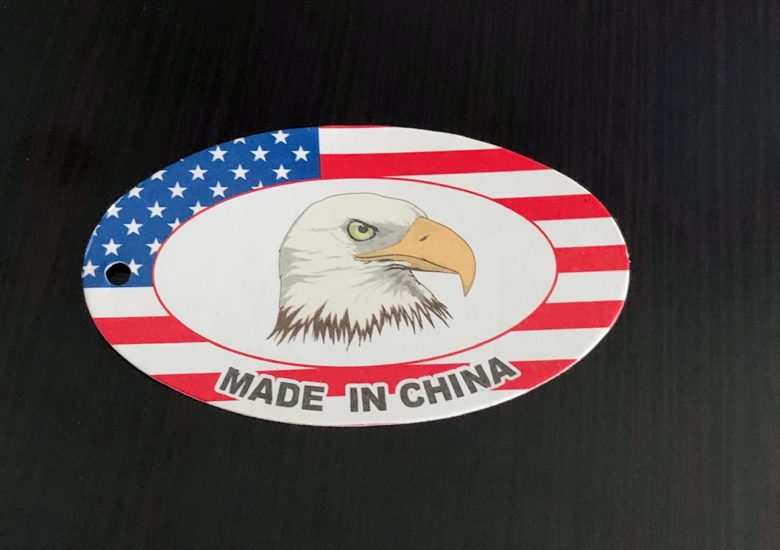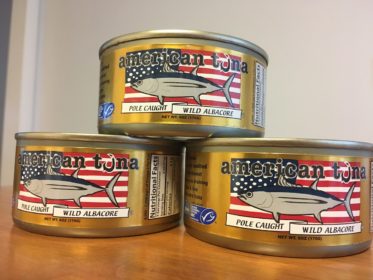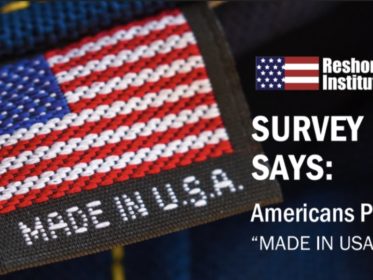
In order to state a product is made in the USA, a company has to comply with the Federal Trade Commission’s (FTC) Made in the USA standard: The product must be “all or virtually all” made in the United States — which includes the 50 states, the District of Columbia, and U.S. territories.
“All or virtually all” means that all significant parts and processing must be of U.S. origin. The product should contain no – or negligible – foreign content.
“Assembled (or designed) in the US” isn’t the same as “Made in USA.”
For companies manufacturing textile products, such as Vermont Flannel or Darn Tough Socks, it’s why you see “Made in Vermont” on labels or the website — because the companies use imported fabric.
Textile manufacturing has taken a huge hit, and the majority of our mills have been shut down and offshored. However, lots of companies are working hard to maintain the mills we do have.
While a company doesn’t have to state its product is “Made in the USA” if indeed that’s the case, if it does use this claim, then it has to abide by the FTC’s policy.
The FTC has cracked down on mislabeling. If a company is caught lying about its Made in USA message, they can be fined by the agency for hundreds of thousands dollars. If they ignore the FTC’s order, the fine can be in the millions of dollars — as Williams Sonoma learned.
Links to sources in the Links section below.
What’s behind a Made in USA label?
When you purchase Made in the USA products, you’re doing a number of good things:
✔️ You’re supporting manufacturers and the people they employ — including their extended families. Manufacturing accounted for 13 million jobs in Feb. 2025, according to the National Association of Manufacturers.
✔️ You’re also supporting the industries associated with manufacturing, including the supply chain, transportation, and shipping.
✔️ You’re helping to keep the adjacent “Main Street” businesses of the towns and cities in which manufacturers are located in business. For every $1.00 spent in manufacturing, there is a total impact of $2.64 to the overall U.S. economy.
✔️ You’re supporting clean air, water, a reduced carbon footprint, and worker safety and well-being. American manufacturers are held to stringent rules and regulations — standards to which off-shored companies don’t have to adhere (which is why manufacturing is off-shored).
That’s what’s behind a Made in USA label — and why I buy American-made products as much as possible. As an aside, a colleague sent me the label in the photo. It was attached to a product not made here.
Get the Keep It Made USA newsletter.
Twice monthly; zero spam.
Links
Business Guide: Complying with the Made in USA Standard — FTC.gov
Williams-Sonoma Will Pay Record $3.17 Million Civil Penalty for Violating FTC Made in USA Order — FTC.gov News Room
Handcrafted in Vermont: Luxurious Flannel Apparel — a Keep It Made USA write up.
Guaranteed for Life: Darn Tough Socks — a Keep It Made USA write up
Facts about Manufacturing — National Association of Manufacturing
Full Disclosure
I’m not paid nor asked to write about products or the companies that make them. All links in this piece are FREE — meaning, they’re not sponsored or paid for. I buy products, use them, and if I like them, I tell everyone about them.
I do this because my mission is to keep manufacturing jobs stateside. This mission is my way of giving back. We like to think a “small” choice, such as buying a product made by American workers, won’t make a difference. It does.




